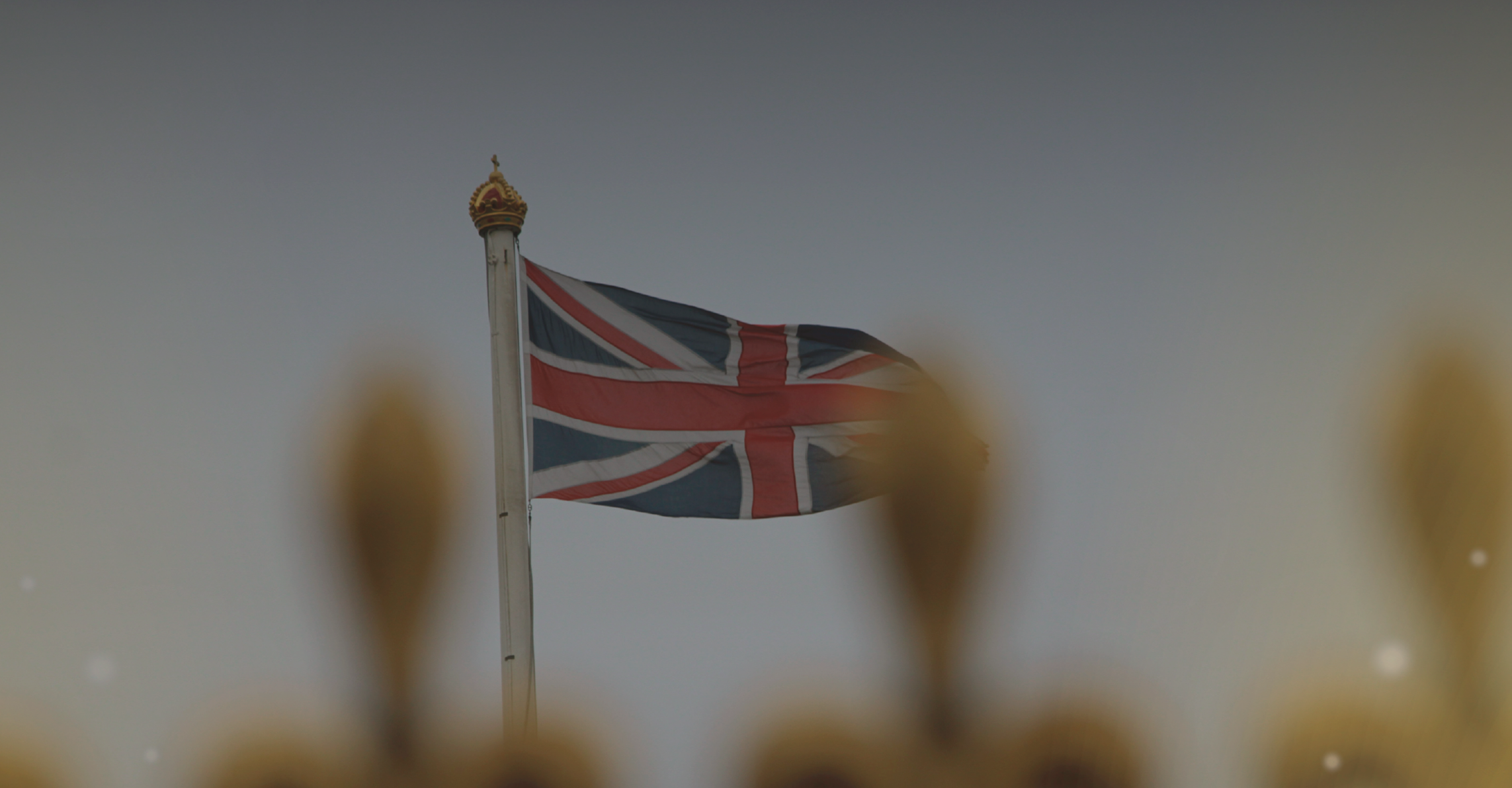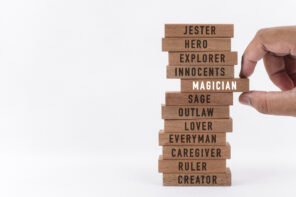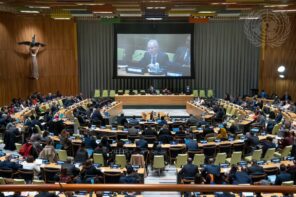
Wednesday July 22, 2020
5 Ways Art and Culture Brands Can Survive the Pandemic
The art and culture industry across the world employs millions of people and also helps nations and central governments bring in revenue through tourism as soft power.
But because of the social distancing rules due to the coronavirus, movie theatres, art museums, art auctions, comedy gigs, etc. have been cancelled. The industry across the world has been similarly impacted. Dubai’s biggest art fair, Art Dubai, which is a source of income for many galleries and artists was cancelled. Similarly, one of our clients No One, an Israeli-Ukrainian film, postponed their film screening to October. In the US, the $878 billion industry employing 5 million people experienced a $4.5 billion loss.
Realising the importance of keeping the industry alive, governments and nonprofits across the world have provided loans. For example, Germany gave €50 Billion aid package, and the UK government announced a £1.57bn emergency support package to help save the jobs of those working in museums, galleries, and theatres.
Rishi Sunak, Chancellor of the Exchequer in the UK said while announcing the package, “Our world-renowned galleries, museums, heritage sites, music venues and independent cinemas are not only critical to keeping our economy thriving, employing more than 700,000 people, they’re the lifeblood of British culture.“
But as the BBC reports, emergency money for culture won’t save every job. These endowments might help save some jobs, but that too for not much longer. For example, according to a survey by American for the Arts, 26% of those in the nonprofit arts sector in the US have already let go of their employees.
So, in order to continue to survive, the industry has to adapt to the times and start new income streams and revenue models. Here are 5 ways to do so:
Share the story of why art is important
Art is important for survival, as it helps people with emotional and mental health. Especially in times of a crisis and now social distancing and isolation, art, creativity, and culture via movies, books, and music provide solace and connection to people.
In order for the art industry to survive and thrive, the industry needs to narrate their value to the public in a compelling manner and explain why they need art in their lives, says Curzon’s CEO Farzana Baduel.
Some top brands in the book publishing industry and corporations around films and TV are doing just that. The Indian arm of the international trade book publishing house Penguin Random House partnered with Red FM recently to launch a podcast titled ‘Hooked with Books’. Nisha Narayanan, Director and COO of Red FM told Best Media Info that “ books have a unique power to rejuvenate and calm us during difficult times”. The podcast started with an aim to revive the listeners’ love for books, by sharing interviews with famous authors into their writing journeys.
IMDb, an Amazon subsidiary, known as being the go-to resource for film and TV information, also started a similar podcast titled ‘Movies That Changed My Life’. It interviews Hollywood actors about the movies that inspired them and helped launch their careers. According to the company’s press release, through personal stories, the actors and filmmakers share the defining moments in their lives, helping listeners get a better understanding of them, and provide them with recommendations for new films to add to IMDb watchlists. Hence, one of the explicit aims of the interviews is to get people to use their website more.
Create art that is relevant to the times
One of the reasons art helps people cope with stress and anxiety is because it tells people that they are not alone in the world — others are going through the same situations and emotions. Hence, the artists and the culture industry to be especially relevant during the times, being timely and talking about the particularly common experience of lockdown and uncertainty that everyone is going through helps.
Comedian couples Kumail Nanjiani and his wife Emily V. Gordon, and Paul F. Tompkins and his wife Janie Haddad Tompkins did routines on quarantine and social distancing, offering humour as well as a connection over the current situation.
Similarly, photographers, illustrators, and sculptures are using the lockdown as their subject. A British sculptor Anthony Gormley created a solitary figure resting with his head on its bent knees and tightly wound arms.
A London photographer Adam Isfendiyar tells BBC that as his commissions got cancelled, he “wanted to be able to help to build connection through identification with others in a time of isolation.” So he asked people to volunteer for his “window portraits”, where he travelled from house to house on his bike, capturing them through their windows and collecting their stories and experiences of life in the lockdown. Within two days, he had 80 people sign up for the photoshoots — showing that art is more important than ever.
While most of these are personal projects undertaken by the artists, this helps them stay relevant, creative, and keep improving their skill set. For example, another photographer Fran Monks who created isolation portraits of people by clicking them through their laptop camera says to BBC, “I keep wondering whether it will change how I practise in the real world once we are allowed out again.”
People are still locked down and I’m still making portraits of them via zoom… This is Annika in Stockholm. You can read more about her story here: https://t.co/MZHezcFNad pic.twitter.com/4g45yrrp3c
— Fran Monks (@FranMonks) June 3, 2020
Use digital platforms
Major organisers in the art events and auctions industry realised that digital platforms can provide the business opportunities that they have lost due to cancellations to events. The world’s largest art fair Art Basel created online viewing rooms after the cancellation of its Hong Kong art festival. 90% of the exhibitors from the cancelled physical event joined the online event. The success of the virtual move in the industry that is usually slow to adapt to changing technology shows the possibility of growth in new markets and reach to a wider audience.
Art is now being sold online by people looking only at jpeg images before investing thousands of dollars on paintings, says art historian Kathryn Brown to DW.
Even comedians in India like Daniel Fernandes have set up payments for their online gigs hosted via Zoom, allowing them to continue to earn a living as their usual venues like clubs closed down.
Adapt the art according to the new digital mediums and the audiences
Though some artists like comedians or art galleries have been able to move online and survive, others might need to adapt the art itself to suit the new audiences with new tastes as well as what is suitable for a particular medium.
While large-scale productions like the Opera by The Met and live theatres by National Theatre Live have moved online, they are available to stream for free at the moment. It raises the question that people pay for the whole experience of the opera and being in a theatre, and since one cannot replicate that online, people might not be willing to pay the same fees as before.
Hence, the specific advantages and limitations of the digital mediums used need to be kept in mind. For example, Marvel Entertainment, the famous publisher behind Marvel Comics, launched their first scripted podcast based on a comic book character Wolverine. They had a great response to the show, but for that, they had to first tweak the script. “… being that this is audio, it’s just so different than comics and so different than film, that it kind of has to live in its own universe,” said Dan Fink, Executive Director of Development at Marvel Entertainment to IndieWire.
Engage the audience creatively
Another way for artists to capture the interests of an audience is to engage them into the art itself.
Artist Pallavi Paul created a project Share Your Quiet for which she asked people to share their 10-second audio clips of silence in their homes during the lockdown. People from across countries like US, UK, India, Australia, Belgium sent videos of machines whirring, birds chirping, a child reciting a poem, and more. She then collected and published those clips once a week.
Not just individual artists, even museums engaged the citizens directly into their art. The Getty Museum in the US asked people to recreate a work of art with objects and people in their homes.
We challenge you to recreate a work of art with objects (and people) in your home.
🥇 Choose your favorite artwork
🥈 Find three things lying around your house⠀
🥉 Recreate the artwork with those itemsAnd share with us. pic.twitter.com/9BNq35HY2V
— Getty (@GettyMuseum) March 25, 2020
Many people participated, and the responses were hilarious. The challenge went viral. It was written about by mainstream press like CNN, Forbes, Washington Post, Buzzfeed, and more, acting as good PR for the museum.
Arts and culture are one of our key specialisms and we are passionate about working with the industry. If you are interested in working together on your arts and culture brand, please reach out to Farzana Baduel at farzana@curzonpr.com
Curzon PR is a London-based PR firm working with clients globally. If you have any questions, please feel free to contact our Business Development Team bd@curzonpr.com




Follow us